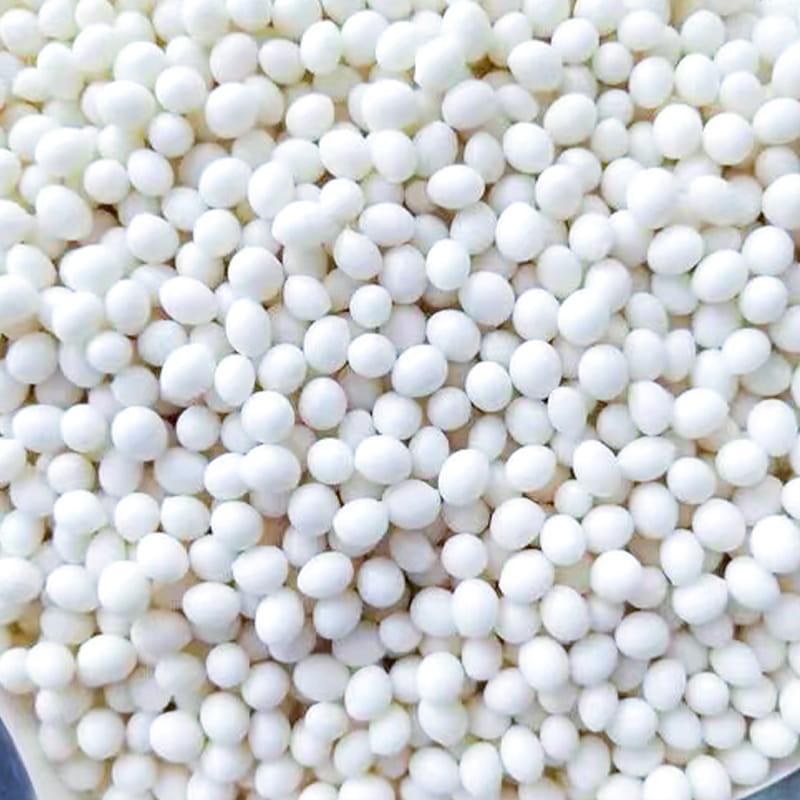Choosing the Right EVA Hot Melt Adhesive
Selecting the ideal EVA hot melt adhesive (also known as EVA HMA or ethylene-vinyl acetate hot melt) is crucial for achieving strong, reliable bonds in a multitude of applications. These versatile adhesives, renowned for their excellent balance of performance and cost-effectiveness, are a staple in industries ranging from packaging and product assembly to woodworking and textiles. However, with a wide array of formulations available, making the right choice requires a deep understanding of your specific needs.
Understanding EVA Hot Melt Adhesives
At its core, an EVA hot melt is a thermoplastic adhesive made primarily from ethylene-vinyl acetate copolymers. The "hot melt" designation comes from its application method: it's solid at room temperature, melted upon heating, applied in a molten state, and then sets rapidly upon cooling. This quick setting time makes EVA HMAs highly efficient for high-speed production lines.
The vinyl acetate content within the EVA copolymer significantly influences the adhesive's properties. Higher vinyl acetate levels generally lead to:
-
Lower softening points: Meaning the adhesive melts at a lower temperature.
-
Increased flexibility and elasticity: Providing better resistance to bending and stress.
-
Enhanced adhesion to polar substrates: Such as paper, wood, and certain plastics.
-
Improved low-temperature flexibility: Preventing embrittlement in cold conditions.
Conversely, lower vinyl acetate content often results in a harder, more rigid adhesive with a higher melting point and better heat resistance. Beyond the base polymer, EVA HMAs are formulated with various additives, including tackifiers, waxes, and antioxidants, each playing a critical role in fine-tuning performance characteristics like open time, set time, viscosity, and specific adhesion properties.
Key Considerations When Choosing an EVA Hot Melt Adhesive
To pinpoint the best EVA hot melt glue for your application, consider the following critical factors:
Substrate Compatibility
The materials you intend to bond are paramount. Different substrates have varying surface energies and chemical compositions. A well-chosen EVA hot melt adhesive will wet out the substrate surface effectively, forming a strong bond.
-
Porous substrates like paper, cardboard, and wood generally bond well with a wide range of EVA HMAs.
-
Non-porous or challenging substrates such as certain plastics (e.g., BOPP, PET, PVC), coated papers, or treated surfaces may require specialized EVA-based hot melts with enhanced adhesion promoters or higher vinyl acetate content.

Application Method and Equipment
Your production setup dictates the adhesive's required characteristics.
-
Application temperature: The melt viscosity of the ethylene-vinyl acetate hot melt must be suitable for your equipment (e.g., wheel applicators, nozzle systems, spray guns). Ensure the adhesive melts cleanly and flows consistently at your machine's operating temperature.
-
Open time: This is the time during which the adhesive remains tacky and can form a bond after application. High-speed lines require short open times, while applications involving larger components or manual assembly may benefit from longer open times.
-
Set time: The time it takes for the adhesive to cool and achieve sufficient bond strength for handling. Fast set times are essential for rapid production.
Performance Requirements
Consider the demands the bonded product will face throughout its lifecycle.
-
Bond strength (tensile, shear, peel): How much force will the bond need to withstand?
-
Temperature resistance: Will the product be exposed to extreme heat or cold? This influences the adhesive's softening point and low-temperature flexibility.
-
Chemical resistance: Will the bond encounter oils, solvents, or other chemicals?
-
Flexibility and impact resistance: Is the bond required to bend, stretch, or absorb shocks? Higher vinyl acetate content EVA hot melts generally offer greater flexibility.
-
Clarity and color: For aesthetic applications, clear or specific colored EVA adhesives might be necessary.
-
Regulatory compliance: For food packaging or medical applications, specific FDA or other regulatory approvals for your EVA-based adhesive may be required.
Common Applications and Tailored EVA HMA Choices
-
Packaging (Case and Carton Sealing): High-speed, quick-setting EVA hot melts with good adhesion to various board stocks, including recycled content.
-
Product Assembly: Formulations with excellent specific adhesion to plastics, fabrics, or metals, often with varying open and set times depending on the assembly process.
-
Bookbinding: Flexible EVA hot melts that allow pages to lie flat and endure repeated opening and closing.
-
Woodworking (Edgebanding): EVA adhesives with strong adhesion to wood and PVC edgebanding, good heat resistance, and clean machining properties.
-
Diaper and Hygiene Products: Specialized ethylene-vinyl acetate hot melts that are skin-safe, flexible, and offer excellent adhesion to nonwovens and films.
Conclusion
The selection of an EVA hot melt adhesive is a detailed process that goes beyond simply picking a general-purpose product. By thoroughly evaluating your substrates, application method, and performance requirements, you can pinpoint the exact EVA HMA formulation that will deliver optimal bonding strength, efficiency, and durability for your specific needs. Collaborating with adhesive manufacturers and suppliers is highly recommended, as their expertise can guide you to the most suitable ethylene-vinyl acetate hot melt glue solution.